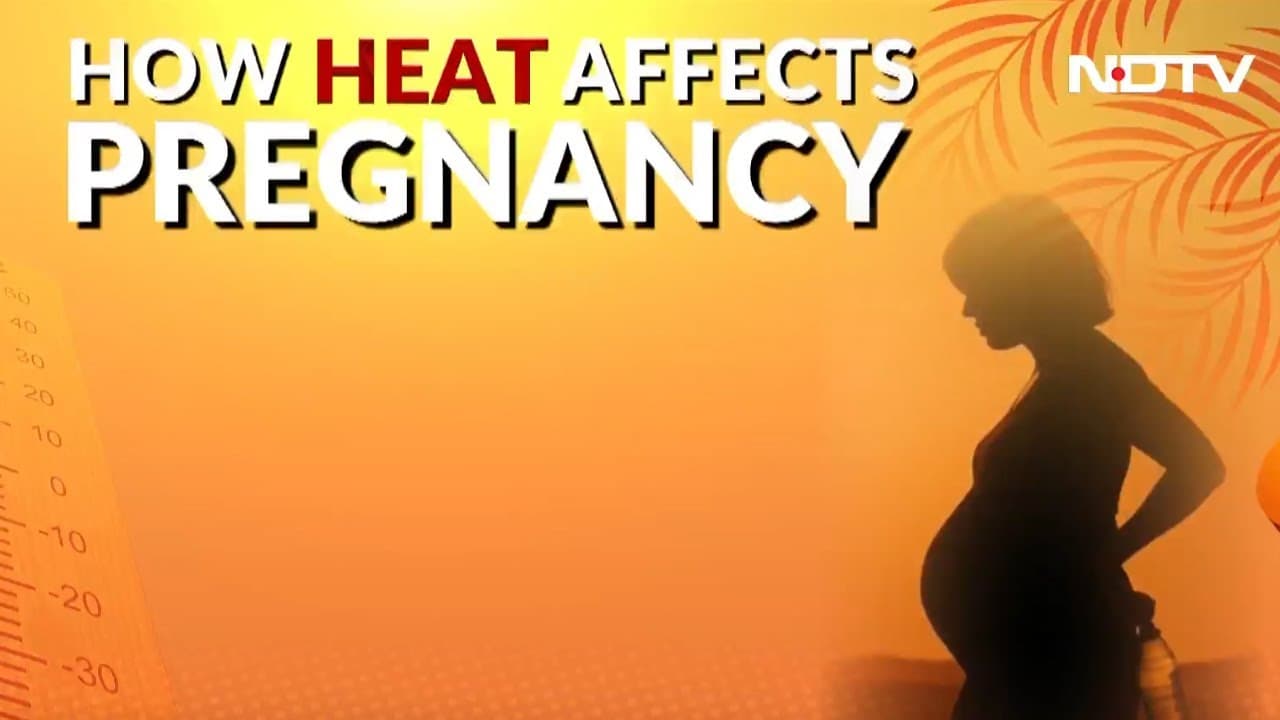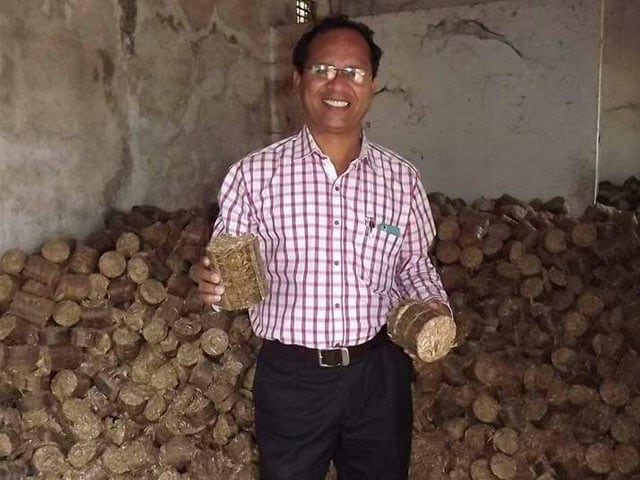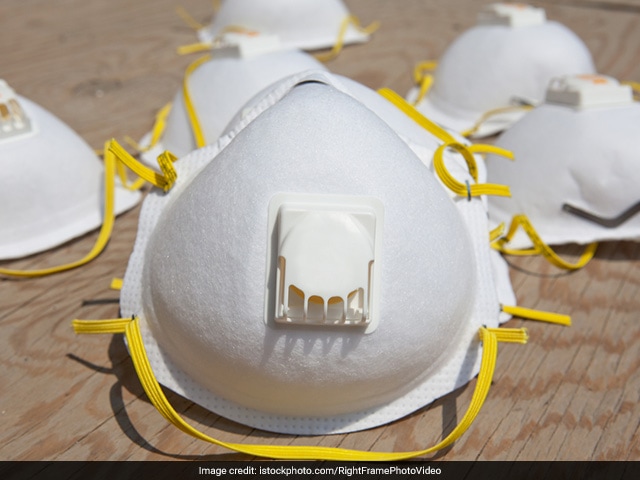









'If you have never planted even a single tree in your entire life, you don't have a right to cut a tree for cremation. It's like...


With festivities in the air people are getting into the Diwali spirit, houses are lit up, families are cleaning their homes, preparing delicacies and shopping for...


Diwali, the festival of lights, majorly involve exchange of sweets and gifts with your loved ones. From chocolates, dry fruits, sweets, to Ganesh idols, and Diwali...


As and when the levels of air pollution rise, experts and doctors suggest wearing an air pollution mask while stepping out of the house. Here are...

“Swachh Vayu Survekshan” is an initiative by the ministry to rank cities based on the implementation of activities approved under the city action plan and air...

The report, 'Spare the Air 2’ flags serious health concerns as the average PM 2.5 and PM10 levels soar in 10 major cities of southern India,...

The report said that the northern plains, the most polluted region in India, saw a 17.2 per cent reduction in particulate levels in 2022 compared to...

Air pollution is the second-leading risk factor for death globally, putting it ahead of tobacco and poor diet, according to the fifth edition of the State...

The study's findings also highlighted that 33 per cent of urban poor respondents perceived vehicles as the main cause of air pollution, 27 per cent construction...

Delhi L-G VK Saxena wrote to Delhi Chief Minister Arvind Kejriwal drawing his attention to the World Air Quality Report 2023, "painting a grim picture" of...

Industries and public projects must be frequently monitored and inspected to ensure compliance with air pollution norms and rules, the Bombay HC noted

Indian pollution had increased last year, with PM2.5 levels about 11 times higher than the WHO standard. India's New Delhi was the worst-performing capital city, at...

Delhi's overall air quality has consistently remained in the moderate category for the past few days and will remain so in the coming days

Exposure to PM2.5 accounts for an estimated 7.6 per cent of total global mortality and 4.2 per cent of global disability-adjusted life years (a measure of...

Air pollution is "really quite bad" across India but precision is lacking due to the limited distribution of air pollution monitors, said Richard Peltier, WHO's Global...

Research studies have established correlations between air pollution and severe health conditions like heart attacks, strokes, reproductive issues, breast cancer, and increased vulnerability to severe instances...

Approximately three million people globally (including 0.6 million people in India) die prematurely every year because of indoor air pollution

This is the third time since January 24 that the central government has decided against employing disruptive measures to control air pollution

A study conducted by experts has identified rural sources such as crop burning, wood stoves, and power plants as major contributors to Delhi smog